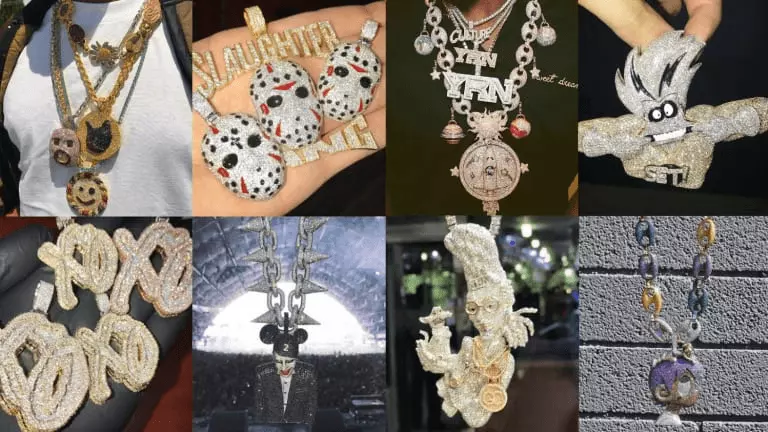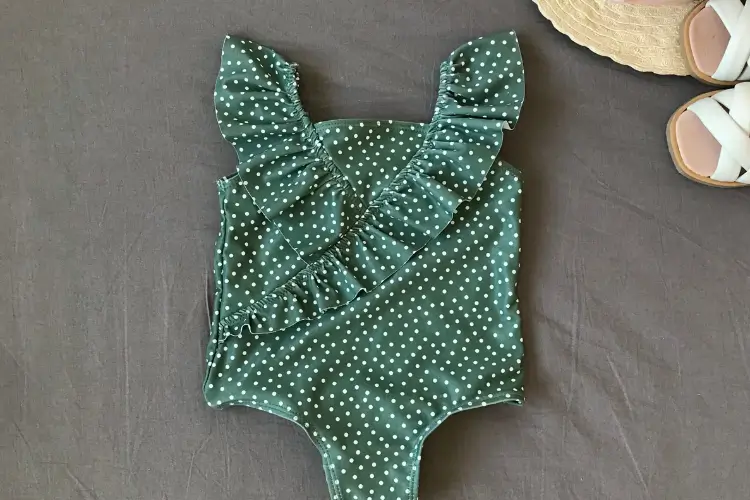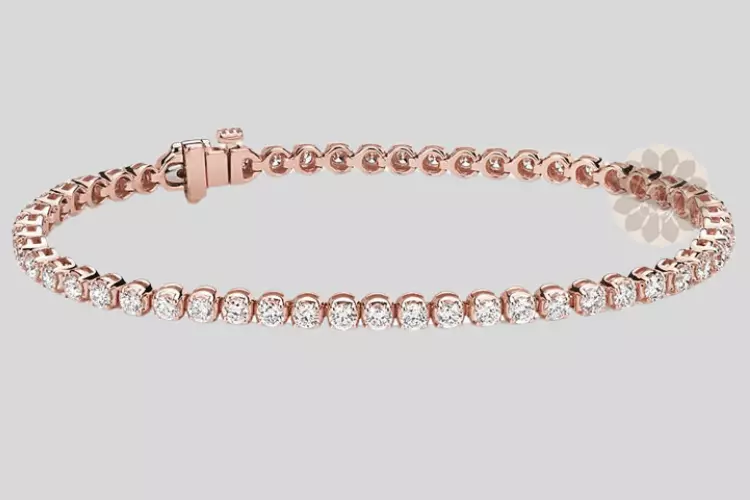Hip Hop and jewelry are almost synergistic. In cultural contexts, one influences the other. Your favorite MCs have legendary collections and statement chains. Remember Slick the Rick’s “Justice Scale”? Pharrell’s stunning Jacob & Co $1,000,000 NERD chain? Remember when Kanye West arrived at the BET awards with a Tutankhamun-like chain? Have you seen Qu avo’s jewelry chest and its few ice-worthy Bugattis? You understand. Why this bling obsession about sterling silver hip hop jewelry?
Formation Stage: Hip-Hop Jewelry 1979–1989
Hip-hop emerged in this decade. DJ Kool Herc’s early 1970s block parties popularized the genre. After that, Kurtis Blow’s debut record cover showed ice with multiple gold chains. Blow, the first hip-hop artist to go gold, naturally wore gold on his album cover. Over the next 30 years, other emcees would buy jewelry to commemorate career milestones. So you wonder, ‘why do rappers buy so much jewelry?’
Hip-hop changed by the mid-1980s. It evolved from disco-inspired block parties to a multi-dimensional art form suited for mainstream America. Eric B. & Rakim pioneered mindful, lyrically-driven listening. Biz Markie and Slick Rick improved by telling stories with their flows. LL Cool J and Run-DMC gained popularity with snappy production and high-energy delivery.
Adidas gave Tenure-DMC gold Classics during their run. Their dookie rope chains made them even more notorious, but that wasn’t the end. They wore the era’s best gold watches, rings, and pendants.
Gold rope chain expert LL Cool J. He popularized four-finger rings, but Biz Markie flooded his with diamonds. Eric B. and Rakim released Paid In Full in 1987 with a money-covered cover. Ben Baller of IF & Co. Jewelry valued each chain at $100,000! Slick Rick, an eyepatch legend, wore crowns, scepters, and a dozen gold chains. Rick’s 1988 debut album Long Live The Kane, features Big Daddy Kane, who looks like an ancient African emperor wearing gold pillars.
With so many luxurious fantasies, these artists had to compete. In Minya Oh’s 2005 book Bling Bling, Big Daddy Kane’s DJ Mr. Cee elaborated, “I remember Kane, Slick Rick, and Biz Markie giving one individual something and another something another. They enjoyed competing. If they had a huge show, they could introduce new material at the Apollo, where all three players simultaneously.”
Hip-Hip and Jewelry in 1990–2000
In the 1990s, there was a significant rise in the popularity of jewelry within the hip-hop community. Musicians and other artists began to use jewelry as a form of self-expression and to showcase their wealth. Many of the pieces were custom-made and expensive, featuring large and extravagant designs adorned with gold and diamonds. Some of the most sought-after pieces included diamond-encrusted watches, chunky chains, paper clip jewelry, and signet rings. It became popular to wear jewelry bearing the names or logos of famous rap stars, especially among younger audiences, leading to the emergence of a new market for hip-hop-inspired jewelry.
Hip-hop became a business by the early ’90s. Street crews formed companies, and solo performers became executives. Thus, jewelry was used to sell the genre. Pendants become billboards for competing labels from status symbols. Notorious BIG’s massive outfit is the best illustration of this style.
Biggie’s final chain was Tito the Jeweler’s huge Jesus piece. When making their classic albums, Jay-Z and Lil Kim used it as a lucky charm. Jesus has been the most popular pendant since his death. On Reasonable Doubt’s “Politics As Usual,” Jay rapped about taking his “Fritos to Tito’s.”
Hip-hop soon topped sales. Jay-Z introduced expensive platinum jewelry to the public during this period. In the mid-1990s, Roc-A-Dame Fella’s Dash and Biggs Burke spent $200,000 each on Jacob. Rap transitioned during this spending. Jay-Z, Diddy, Dr. Dre, and others proved it could enrich its users. How better to display it than around your neck?
Hip-Hop Jewelry in 2000–Date
Hip-hop and corporate America partnered in the mid-2000s. Nelly drank energy. Jay-sneakers. Z’s Other artists sold liquor. Hedge-fund billionaires invested in hip-hop. Eminem won an Academy Award for the 8 Mile soundtrack, and the biopic grossed 242 million dollars.
50 Cent received a minority ownership in a growing beverage company in October 2004 for being its spokesman. Vitaminwater sold to Coca-Cola for $4.1 billion, earning 50 Cent $100 million. These successes, royalties, merchandise, sponsorships, and other revenue streams made hip-hop rich. Huge. Rap jewelry changed as rap and its musicians did.
By 2005, all crews wore diamond chains to show loyalty and prestige. The South’s impact on jewelry grew alongside trap music’s popularity. Nelly, Paul Wall, and others popularized bottom and other tooth grills. $150,000 grillz for Lil Wayne.
Bryan “Birdman” and Ronald “Slim” Williams, brothers who may be unfamiliar, left an everlasting impact on rap jewelry. After founding Cash Money Records in 1991, they revolutionized hip-hop jewelry. Juvenile, Hot Boyz, Lil Wayne, and other Cash Money signees popularized “bling bling” in America. The Oxford English Dictionary introduced it in April 2004.
Today, bling is associated with rap, but it’s still hard to get. Rappers in the 80s and 90s chains cost ten to twenty thousand dollars. That would get you a nude Rolex Daytona today. That doesn’t include the cost of most rappers’ rings, chains, bracelets, and other jewelry.
Conclusion
Rap historians agree that hip-hop was the first medium for oppressed, segregated, and low-income people of color. Its roots were action and opposition, not partying and consumerism. Rap was for folks who would never wear diamonds and valuable metals. Rap was for lowlifes. It wasn’t enough when a few could use rap to rise from poverty to wealth. Hence the response to why do rappers buy so much jewelry? It needed global exposure. Wealth brought more brilliance. Rap jewelry has always represented an escape from the struggle. Meek Mill dubbed jewelry a “trap trophy.” In hip-hop, bling signifies much more than status.




